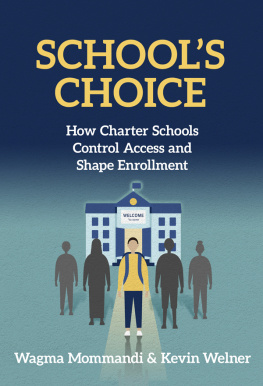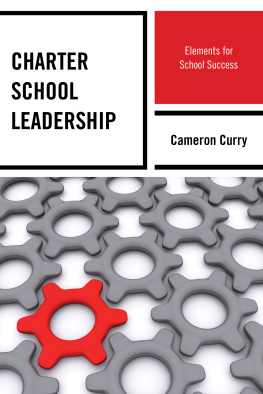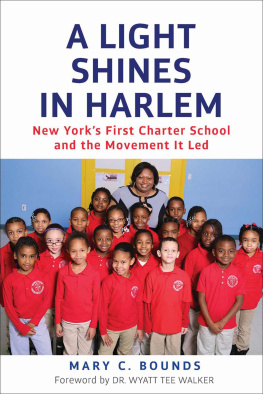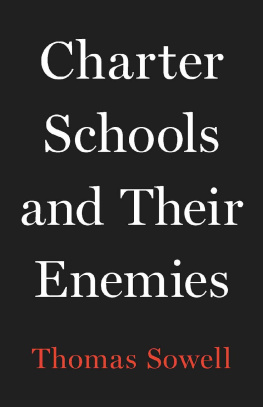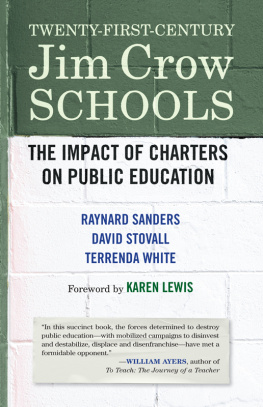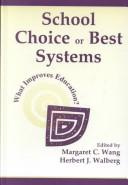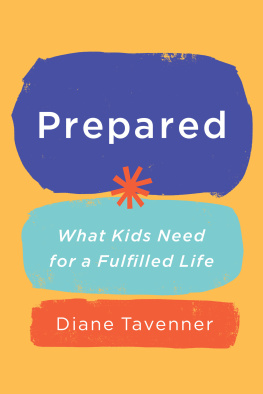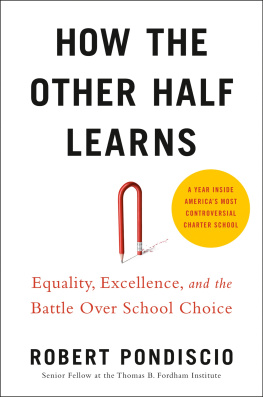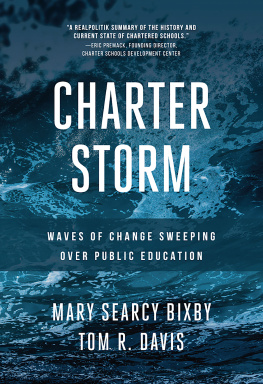All rights reserved. No part of this publication may be reproduced or transmitted in any form or by any means, electronic or mechanical, including photocopy, or any information storage and retrieval system, without permission from the publisher. For reprint permission and other subsidiary rights requests, please contact Teachers College Press, Rights Dept.:
Names: Mommandi, Wagma, author. | Welner, Kevin Grant, 1963 author.
Title: Schools choice : how charter schools control access and shape enrollment / Wagma Mommandi, Kevin Welner.
Description: New York, NY : Teachers College Press, 2021. | Includes bibliographical references and index.
Identifiers: LCCN 2021012553 (print) | LCCN 2021012554 (ebook) | ISBN 9780807765821 (hardcover) | ISBN 9780807765814 (paperback) | ISBN 9780807779804 (ebook)
Subjects: LCSH: Charter school enrollmentUnited States. | Charter schoolsUnited StatesAdmission. | Discrimination in educationUnited States. | School disciplineUnited States. | Student expulsionUnited States.
Classification: LCC LB2806.36 .M66 2021 (print) | LCC LB2806.36 (ebook) | DDC 371.050973dc23
For over 25 years, starting in the early 1990s, charter schools garnered wide support from influential policymakers of both major political parties and from a variety of powerful private funders. The remarkable growth of charter schools benefited enormously from the policys bipartisan appeal, and broad support among policymakers largely insulated charters from tough questions about issues like access. Yet, as explored in this book, student enrollment processes in large school districts throughout the United States have undergone a seismic shift, with corresponding implications for access to learning opportunities, and it is past time that those access issues received serious consideration.
Beginning with Minnesota in 1991, states began to enact laws to allow for the establishment of charter schools. Today, such enabling legislation has passed in 45 states plus the District of Columbia. In 2020 there were 7,500 charter schools serving 3.3 million children across the countryabout 6% of all elementary and secondary students in the United States (National Alliance for Public Charter Schools, 2020). Charters are publicly funded, but operate privately, independent of the local school boards and superintendents who govern traditional public schools (National Charter School Resource Center, n.d.).
Originally conceived to be small, teacher-run laboratories of innovation, charter schools were often seen by early advocates as having strong potential to experiment with new ways of reaching those students that large comprehensive public schools were not serving well (Kolderie, 1990; Nathan, 1996a; Pedroni, 2007). Additionally, many early advocates argued that giving control over schools to local stakeholders would restore the democratic function of schools (Lubienski & Weitzel, 2010).
From the start, promises of accessibility and equity were a common refrain within the charter movement. Supporters of expanded school choice policies have long argued that the policies would help families whose incomes are below poverty thresholds, particularly families of color with lower incomes, who face daunting barriers to accessing the best opportunities to learn (Nathan, 1996b). Because of unjust linkages between community wealth and school resources, poorer families rarely have meaningful access to well-resourced neighborhood schools or to elite private schools (Hiatt, 2017). Charter schools were touted by many policymakers in large part because of their promise to give lower income communities of color greater access to rich opportunities to learn within a redefined and expanded public school sector.
Yet since their inception charter schools have been mired in a debate about their actual publicness (e.g., Lubienski, 2001; Miron, 2008; Miron & Nelson, 2002). Like conventional public schools, charter schools are publicly funded through a combination of local, state, and federal tax dollars, and, like conventional public schools, charters are subject to various federal regulations (Baker, 2012a). For example, charters must adhere to regulations regarding the education of students with disabilities, including the Individuals with Disabilities Education Act (IDEA) and the Americans with Disabilities Act (ADA) (U.S. Department of Education, 2016). Although the specific provisions of legislation creating the legal structure for charter schools vary from state to state, charters are never exempted from all of a states laws and regulations; antidiscrimination and safety provisions, for example, generally remain in place (Wixom, 2018). However, when it comes to authorization, governance, management, employment, transparency, accountability, and accessibility, charters in many states operate more like private entities (Miron et al., 2015). For example, depending on a given states laws, charter schools can be authorized, governed, and managed by private groups and organizations (Baker, 2012a).
The success or failure of charter school policies has been measured in a variety of different ways. Most often, we hear of achievement comparisons between charter school students and traditional public school students (e.g., Betts & Tang, 2014; Center for Research on Education Outcomes [CREDO], 2013; Clark et al., 2015), or we hear of the enrollment growth of the sector (e.g., Ladd et al., 2017; National Alliance for Public Charter Schools, 2017; Stein, 2018). We may also hear of good-governance issues such as transparency, accountability, and corruption (e.g., Colton, 2017; Green et al., 2015; Noguera, 2015). Other issues include competition effects on other schools (e.g., Imberman, 2011; Winters, 2012), fiscal impact on public budgets (e.g., Bifulco & Reback, 2014; Ladd & Singleton, 2018; Lafer, 2018), and innovation (e.g., Preston et al., 2012).
Perhaps most importantly, charters have been plagued by issues of segregation and sorting. A long line of research, across many contexts, describes an increase in various forms of school-level stratification associated with charter school proliferation (Roda & Wells, 2012). (For example, see Bifulco et al., 2009 [racial segregation in North Carolina]; Booker et al., 2005 [peer composition in California and Texas]; Cobb & Glass, 1999 [ethnic segregation in Arizona]; Ertas & Roch, 2014 [education management organizations and enrollment of students in poverty]; Frankenberg et al., 2011 [segregation by race and class]; Lacireno-Paquet et al., 2002 [stratification of high-need populations, particularly students with language or special education needs]; Mickelson et al., 2008 [segregation by race, class, and achievement]; and Miron et al., 2011 [low enrollment of students with more severe disabilities].)
A 2021 study documents a strong pattern of increasing racial and ethnic segregation in charter schools. Danielle Jarvie (2021) used the NCES Common Core of Datas State Nonfiscal Public Elementary/Secondary Education Survey to compare data from 2010 and 2019, looking across the five states with the most students enrolled in charter schools: California, Texas, Florida, New York, and Illinois. She separately grouped schools that enrolled at least 50% non-White, 90% non-White, and 99% non-White, and she foundwith very few exceptionsthat charters were more segregated than district-run public schools and that these segregation patterns were worsening. Most starkly, in Texas, 57.2% of charters are apartheid charter schools, meaning that they are at least 99% non-Whiteup from 14.3% 9 years earlier.

